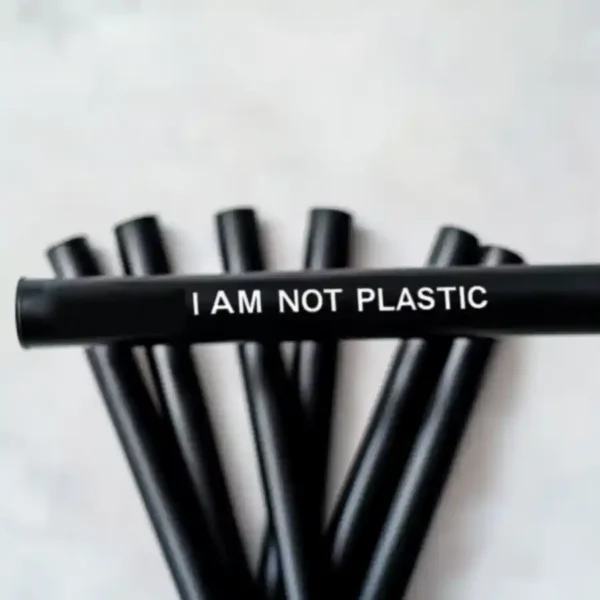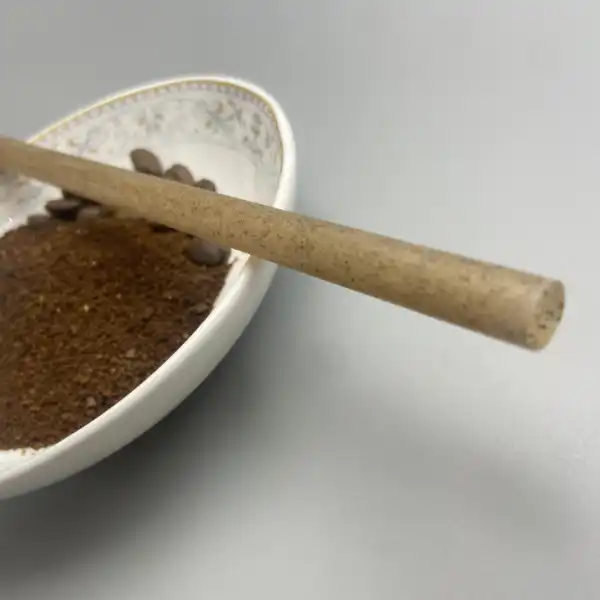Table of Content
hide
How Sugarcane Straws Are Revolutionizing the Food Service Industry
With 500 million plastic straws used daily in the US, sugarcane straws offer a sustainable solution for businesses. Discover why top brands are making the switch.
Understanding The Science Behind Sugarcane Straws
Composition & Manufacturing
- Made from bagasse, the fiber remnants after sugarcane juice extraction
- Natural binding process using pressure and heat – no artificial additives
- 100% plant-based molecular structure ensures complete biodegradability
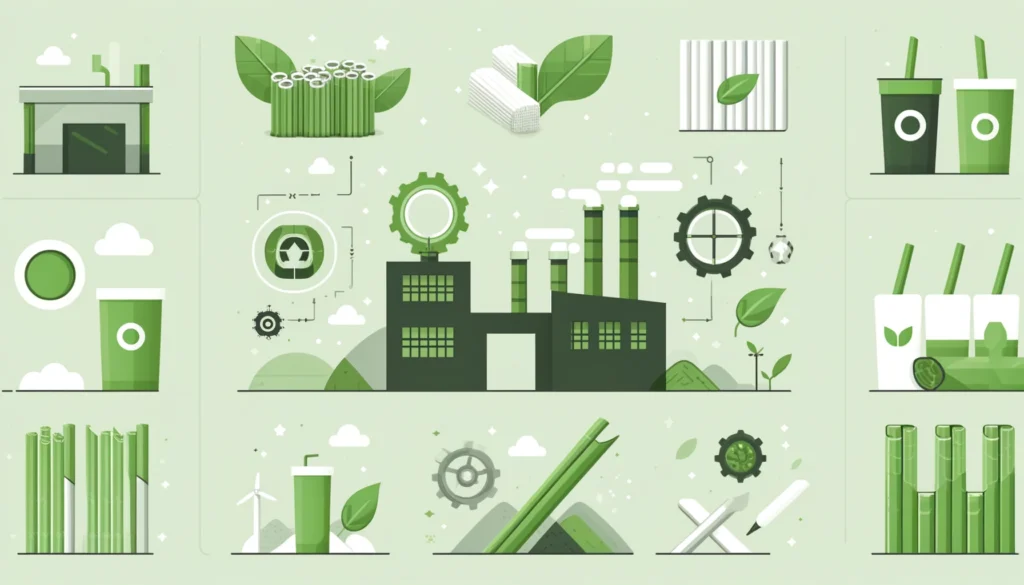
Environmental Impact of Sugarcane Straws
- Carbon Footprint: 80% lower than plastic straws
- Water Usage: 60% less water consumption compared to paper straws
- Land Efficiency: One hectare of sugarcane can produce up to 200,000 straws
Business Case Study: ROI Analysis of Sugarcane Straws
Cost Comparison (per 1000 units)
- Plastic Straws: $8-12
- Paper Straws: $20-25
- Sugarcane Straws: $18-22
- Long-term Savings: Bulk ordering can reduce costs by 25-30%
Performance Metrics of Sugarcane Straws
- Heat Resistance: Maintains integrity up to 185°F (85°C)
- Duration in Liquids: 4-6 hours without degradation
- Shelf Life: 24 months when properly stored
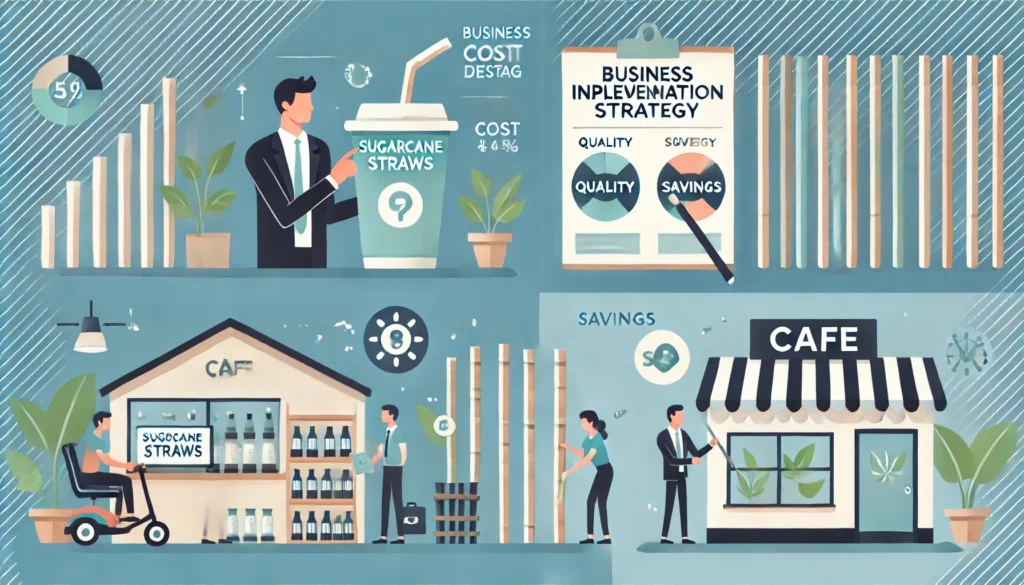
Market Advantages of Sugarcane Straws
Consumer Preference Data
- 78% of consumers prefer businesses using eco-friendly alternatives
- 64% willing to pay premium for sustainable options
- 92% positive feedback on texture and usability
Regulatory Compliance of Sugarcane Straws
- Meets FDA food contact standards
- Compliant with emerging single-use plastic bans
- Qualifies for green business certifications
Strategy for Implementing Sugarcane Straws
Supplier Selection Criteria
- Third-party sustainability certifications
- Transparency in manufacturing process
- Quality control standards
- Supply chain reliability
- Bulk pricing tiers
Storage & Handling of Sugarcane Straws
- Optimal temperature: 60-75°F (15-24°C)
- Humidity control: 45-55%
- Stack height limitations
- First-in, first-out inventory management
Industry Applications of Sugarcane Straws
Food Service
- Custom lengths for different beverage types
- Branded packaging options
- Volume-based ordering systems
Hotels & Resorts
- Room service optimization
- Pool and beach service solutions
- Event catering packages
Retail & Distribution
- Shelf-ready packaging
- Point-of-sale marketing materials
- Consumer education resources
Environmental Impact Metrics of Sugarcane Straws
Waste Reduction
- Biodegrades in 90 days vs. 200+ years for plastic
- Composts in commercial facilities
- Zero microplastic residue
Certification & Standards
- ASTM D6400 certified
- BPI (Biodegradable Products Institute) approved
- ISO 14851 compliant
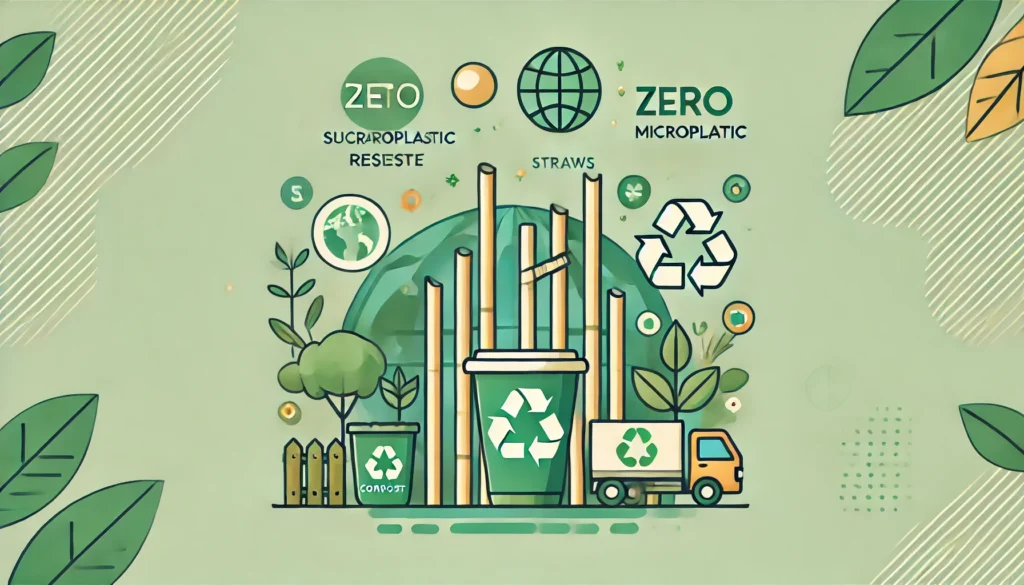
How Sugarcane Straws Can Future-Proof Your Business
Market Trends
- 300% growth in sustainable straw demand (2019-2023)
- 45% annual increase in eco-conscious consumer spending
- Projected market value: $1.6B by 2025
Innovation Pipeline
- Smart packaging solutions
- Enhanced durability formulations
- Custom branding capabilities
Getting Started with Sugarcane Straws
Action Steps
- Conduct usage analysis
- Request supplier samples
- Test in real-world conditions
- Calculate ROI
- Develop implementation timeline
Success Metrics
- Customer satisfaction scores
- Cost per unit served
- Waste reduction measurements
- Brand perception impact
Conclusion
Sugarcane straws offer more than just an alternative to plastic – they’re a strategic investment for your business’s future. With significant environmental benefits, strong economic advantages, and growing consumer demand, the switch to sugarcane straws is increasingly important for forward-thinking businesses.
This enhanced guide offers data-driven insights, specific metrics, and actionable strategies for businesses looking to implement sustainability practices using sugarcane straws.





